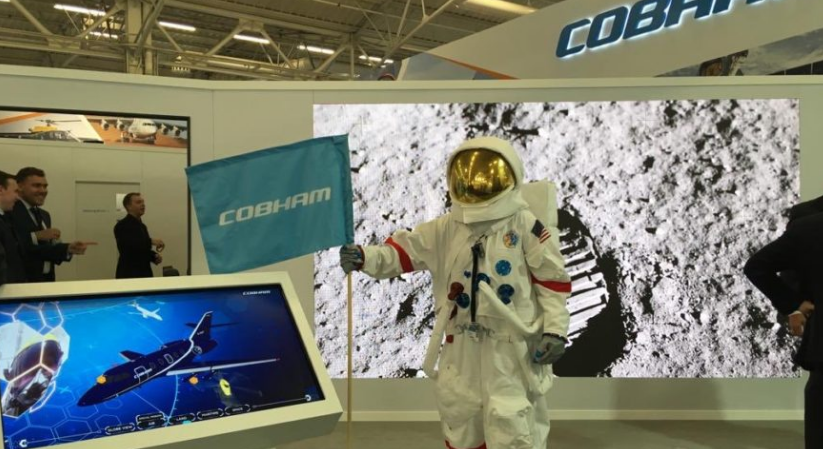Despite the ravages of the pandemic, investments in space infrastructure hit staggering numbers in 2020, with private companies pumping a total of $8.9 billion into the industry. An interesting twist is the increasing influence of new space, powered by the financial muscle of private investors.
So, what is this convergence happening in the space industry electronics? It is akin to the “digital disruption”, which has caused serious transformations in many industries. Traditional space electronics meeting with new space electronics is a scenario that has been a long time coming. It is a welcome approach because it offers hybrid new space solutions to designers.
What’s old space electronics?
What most people relate to is traditional space. It is the one that landed astronauts on the moon. It has had numerous successful space missions over the years. Traditional space is still operational, and it is presently busy supporting US government and NASA projects.
Its electronics have been instrumental in many successes. Aerospace electronic systems under the traditional setup are risk-averse and expensive to build and maintain. Customized electronics that come from the traditional space side have low failure tolerance.
It is on the backdrop of these facts that some entities decided to approach things a bit differently for new space solutions.
Enter New Space Electronics
New space electronics bring many dimensions, but its ultimate goal is acceptance of risk, responsiveness and agility. This makes new space electronics markedly more affordable compared to traditional options.
New space electronics suppliers improve commercial electronic parts to space quality i.e. they make the parts tolerant to harsh space environments such as radiation. Considering that most new space satellites never go beyond the Low Earth Orbit (LEO), the dangers of radiation-caused failure are lower.
NB: A low earth orbit is usually at less than 1,000km above the Earth.
The Resulting Convergence
Perhaps the most notable sign of the convergence of tradition and new space solutions is SpaceX’s takeover of International Space Station (ISS) resupply missions. Old space had exclusive access to these contracts, but the successful repair of the ISS by SpaceX at lower costs has prompted the notable change.
One might think this convergence is a rivalry of sorts, but the reality is different. New space is a child of traditional space. The child just wants to leave the nest and explore the world. One fact stands though: there would be no new space electronics without the solid foundation laid by traditional space electronics. Indeed, new space is still reliant on traditional space for some of its projects. For instance, SpaceX uses traditional space launch facilities in California and Florida.
Traditional space is also aligning to today’s needs, which is evidenced by gradual relaxation of some stringent requirements for electronics and other materials. For example, some established space companies are now willing to replace ceramic packages with plastic packages. Prominent traditional firms like Cobham are changing their business models to produce new space electronics. The general outcome of these moves is a convergence of traditional and new space technologies, particularly on how to produce cost-effective yet radiation-compliant electronics.

Fig 1: Cobham serves new space clients like SpaceX and OneWeb (image sourced here)
Conclusion
From a global perspective, the issue of traditional vs. new space solutions doesn’t arise. Rather, it’s the growth of the space economy in the sense that both methods can increase their capability to provide services and systems. Traditional space has its irrefutable role of providing a foundation, but new space brings a new multiplier effect to the space industry.




